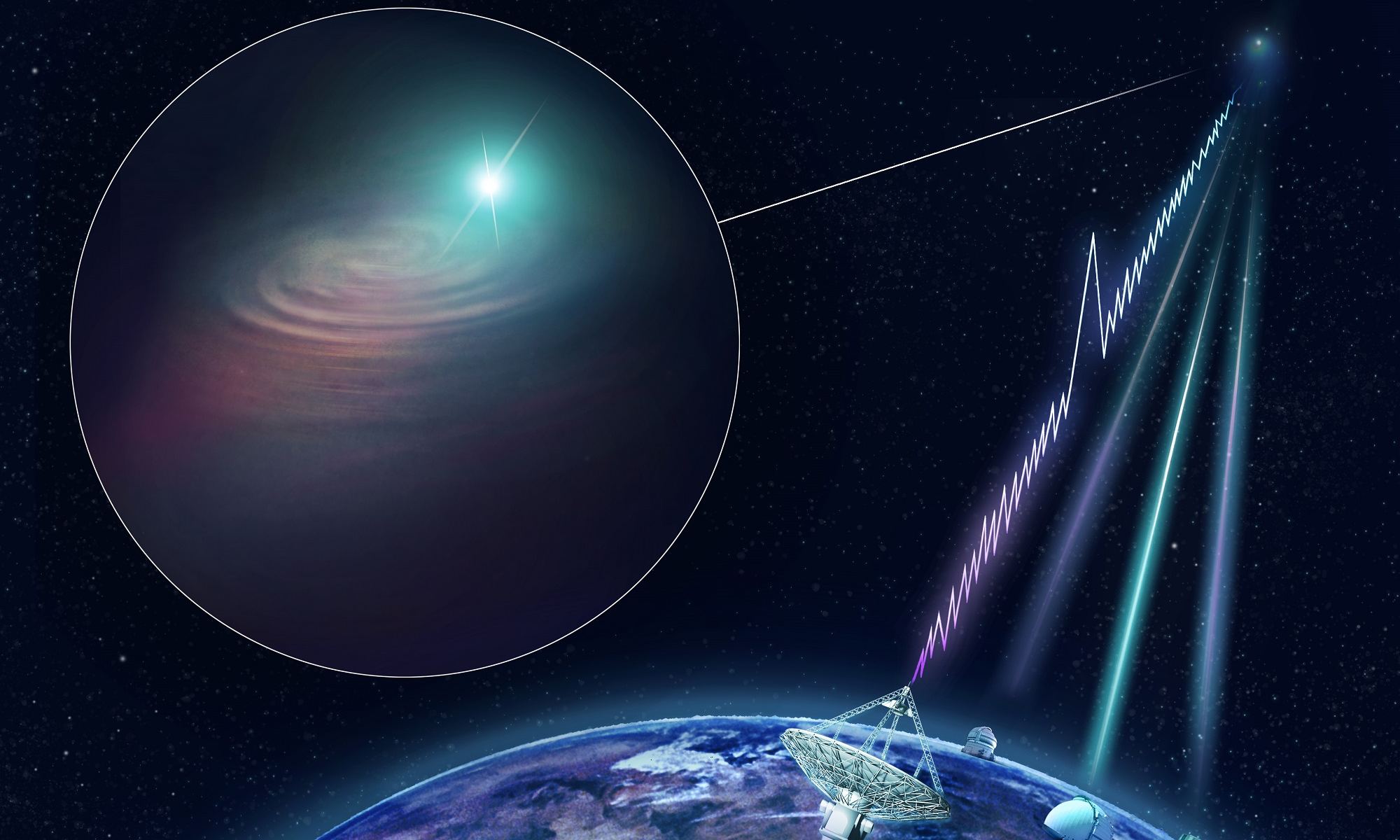
A reanalysis of data from NASA's Kepler space telescope has revealed an Earth-size exoplanet orbiting in its star's habitable zone, the area around a star where a rocky planet could support liquid water.

Cheops (Characterising Exoplanet Satellite), the satellite for the study of the exoplanets of the European Space Agency (Esa), has passed the exams and now it is ready to go to work.

A new model suggests the Milky Way should have an additional 100 or so very faint satellite galaxies awaiting discovery.

One of the core assumptions of astronomy is that the universe appears the same in all directions, or it is isotropic. However, a recent study suggests that may not be the case.

When the Artemis III mission lands on the lunar surface in 2024 - it will serve as a stepping stone towards the creation of a permanent human presence on the Moon, NASA hopes.

Astronomers have spotted the brightest and most energetic supernova ever recorded. The event, known as SN2016aps, may have been the result of two stars merging and then exploding.

Idea of microbes originating from space. Microbes can survive frozen, deep within the permafrost for millions and even billions of years. They might be perfectly adapted for a life on some frozen object, traveling through space.

Scientists are still preparing for the crucial fly-by of Earth by the joint European–Japanese BepiColombo mission to Mercury on 10 April, despite COVID-19 quarantine.

Mercury, the closest planet to the Sun, is one of the last places we think about when considering the potential for life in the solar system. New research suggests the planet's interior once contained the basic ingredients for life.

By going over old data collected by the Voyager 2 spacecraft in 1986, two scientists at NASA’s Goddard Space Flight Center have made the startling discovery that Uranus’ atmosphere is gradually escaping into space.

The CHIME radio telescope array has detected nine new fast radio bursts on repeat, which are revealing things about this strange phenomenon.

Scientists using the Hubble Space Telescope have detected quasars sending outbursts of energy roaring through their galaxies, according to new research.

The planet’s extreme daytime heat combined with the super-cold (minus 200-degree Celsius) temperatures in the permanently shadowed craters might be acting like an “ice-making chemistry lab.”